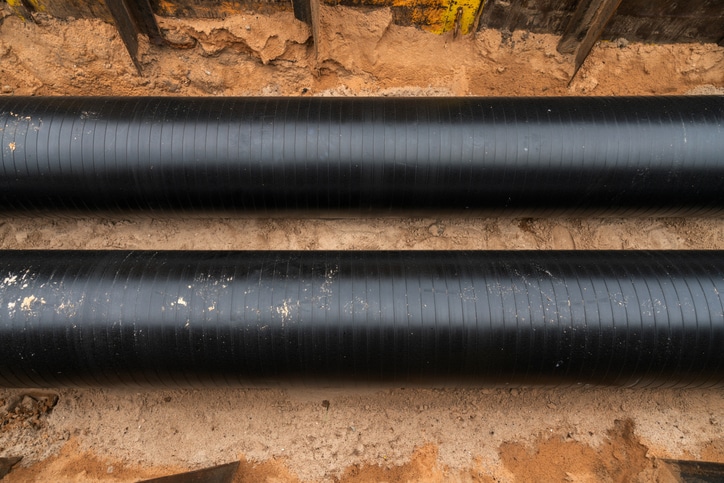Why Proper Pipeline Installation and Maintenance is Vitally Important
Plant owners and operators, utility services, and infrastructure planners have one key concern with every pipeline: corrosion. According to a study by NACE international, the estimated annual cost of corrosion stood at $276 billion in 2002, estimated to be as high as $2.2 trillion now. This study remains one of the most influential industry templates for cost control and maintenance to this day.
Metal pipes corrode, and plastic pipes degrade – and the best way to mitigate the costs of corrosion and degradation is via proper pipeline installation and maintenance, i.e., by blending technological and utility solutions.
So let’s review what pipeline construction companies should keep in mind when working on any pipeline project, including both pipeline installation and pipeline maintenance.
Understanding Pipeline Maintenance
Pipeline maintenance is the process of ensuring that the pipes installed and their components are kept in peak condition. With the right maintenance equipment and technique, utility service providers can extend the life of an underground pipeline by a decade or more, hence saving on costly upgrades.
General techniques for pipeline maintenance include
- Inspection
- Leak detection
- Cleaning pipeline
- Removing damaging debris nearby
- Ensuring ground consistency regularly to find any potential risk to the pipeline.
- Implementing corrosion protection/prevention methods, such as;
- Cathodic protection
- Corrosion inhibitor applications
- Re-coating/re-lining
- Abrasive blasting, and more.
Cost of Improper Pipeline Installation & Maintenance
As mentioned above, the costs for corrosion can go as high as $2.2 trillion. This cost not only includes the cost of replacing corroded materials or new pipelines but also includes the injuries and deaths that it may cause (and the lawsuits that follow).
The issue of corrosion isn’t just limited to lost pressure in pipes. Because of the pressure in these pipes, whether it’s water or gas, the corroded particles often flow with the current, contaminating the water or gas before use. Electrical lines can also get damaged, leading to blackouts.
Corroded oil and gas pipelines can also contaminate the environment, and their flammable nature can lead to explosions – and this can lead to costly lawsuits.
Installation of pipelines is key to ensuring that the maintenance work goes smoothly. Any kinks in the pipeline that may have been there since the very beginning or were caused by poor planning may warrant a complete pipe reconstruction, which can be costly.
Any sharp objects or turns must be avoided during installation; otherwise, it will introduce weak points into the system. This will, in turn, translate into an increased risk of pipes bursting, leakages, and corrosion.
If you would like to schedule a free consultation for your next project, be it for pipeline or utility construction, then get in contact with Americom’s experienced and professional team today. We’ll help you find the best solution for pipeline installation and maintenance alike!




